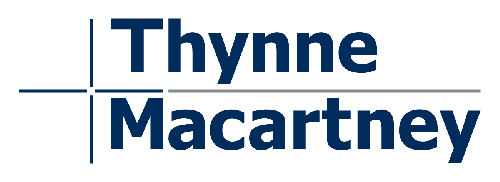Recently we have seen increased attention on, and media reporting of, allegations of sexual harassment in the workplace.
The Federal Government has accepted the recommendations set out in the ‘Respect@Work: Sexual Harassment National Inquiry Report 2020‘ and is taking steps to implement them.
It proposes to amend the Fair Work Act and Regulations to clarify that:
- serious misconduct includes sexual harassment; and
- sexual harassment is a valid reason for dismissal.
It has also reinforced its commitment to preventing and addressing harassment at work in the recent budget, with significant funding dedicated to strengthening laws and guidance, and to providing assistance to workers who experience harassment.
Employers have duties to prevent sexual harassment at work and can be liable if harassment occurs.
At law, sexual harassment means an unwelcome sexual advance or conduct in circumstances where a reasonable person would have anticipated the possibility that the recipient would be offended, humiliated or intimidated by the conduct. Intent is not relevant: the issue is what a reasonable person would have anticipated.
Where an allegation is made against an employee, there may be significant ramifications for their employer. The impacts may include:
- vicarious liability under discrimination laws (compensation and penalties);
- liability for other claims eg workers’ compensation;
- reputational damage (which may lead to broader ramifications to the business); and
- a negative impact on workplace culture, retention and recruitment.

For employers, the key to avoiding vicarious liability for sexual harassment is to be able to show that you took reasonable steps to prevent that type of conduct.
Specifically, employers should:
- have in place a sexual harassment policy (the policy should address specific content requirements);
- communicate that policy to employees and provide regular training;
- deal with complaints appropriately by adopting a best practice complaints handling and investigation process; and
- take appropriate action when offending behaviour is identified.
The process adopted and any action taken by the employer will impact both the complainant and the alleged harasser.
Employers should be mindful of their duties to both the complainant and the alleged harasser (as employees), as well as the risk of reputational damage to the alleged harasser in the event that the allegations are not substantiated.
Employers also have duties under work health and safety laws to prevent sexual harassment at work.
Avoid sexual harassment claims and seek advice
We recommend employers consider if they need assistance to:
- review and update policies and procedures;
- provide training to staff on policies and complaints handling;
- brief the Board and Senior Managers on risks and responsibilities; and
- conduct a safe work analysis and provide recommendations.
About our Employment group
Your workforce is the heart of your business and we work hard to provide solutions, not just answers.
With in-depth experience covering the full range of workplace-related issues, Thynne + Macartney advises employers across a broad range of industries and provides expert representation in disputes.
Whatever your employment requirements – we’re with you.





